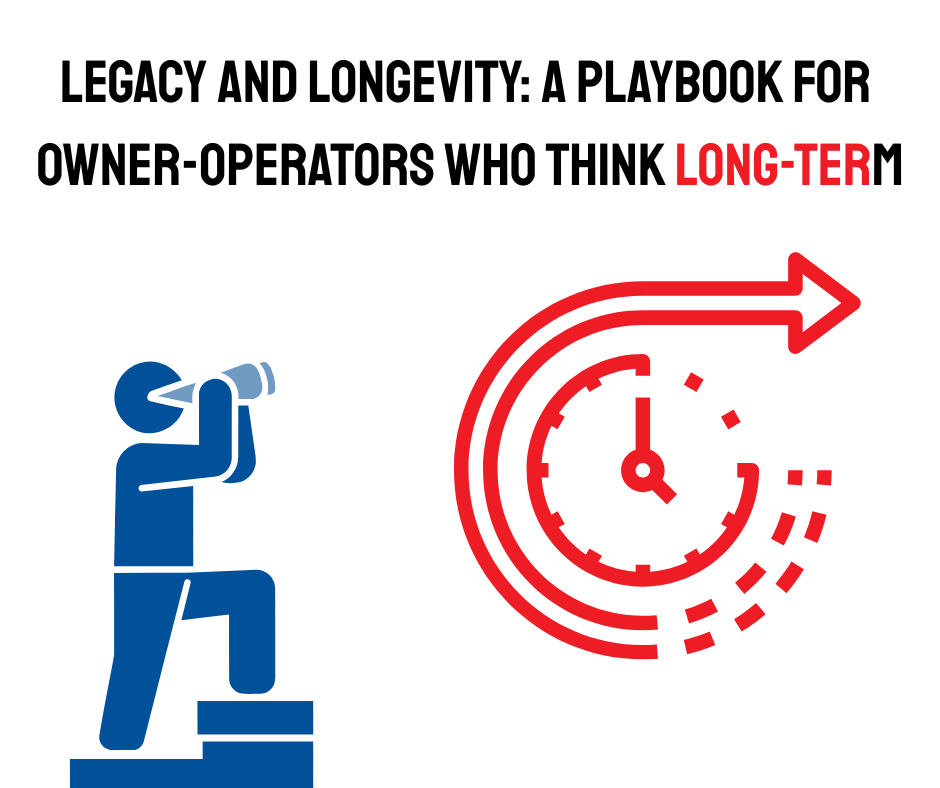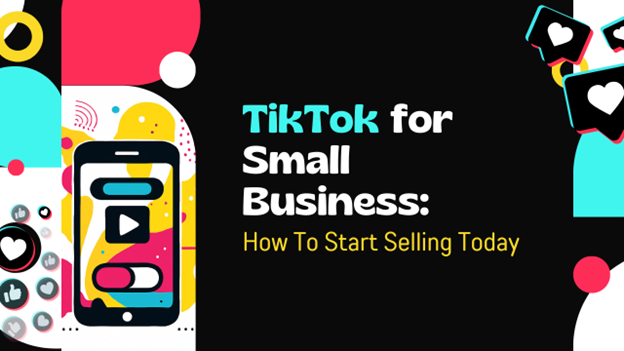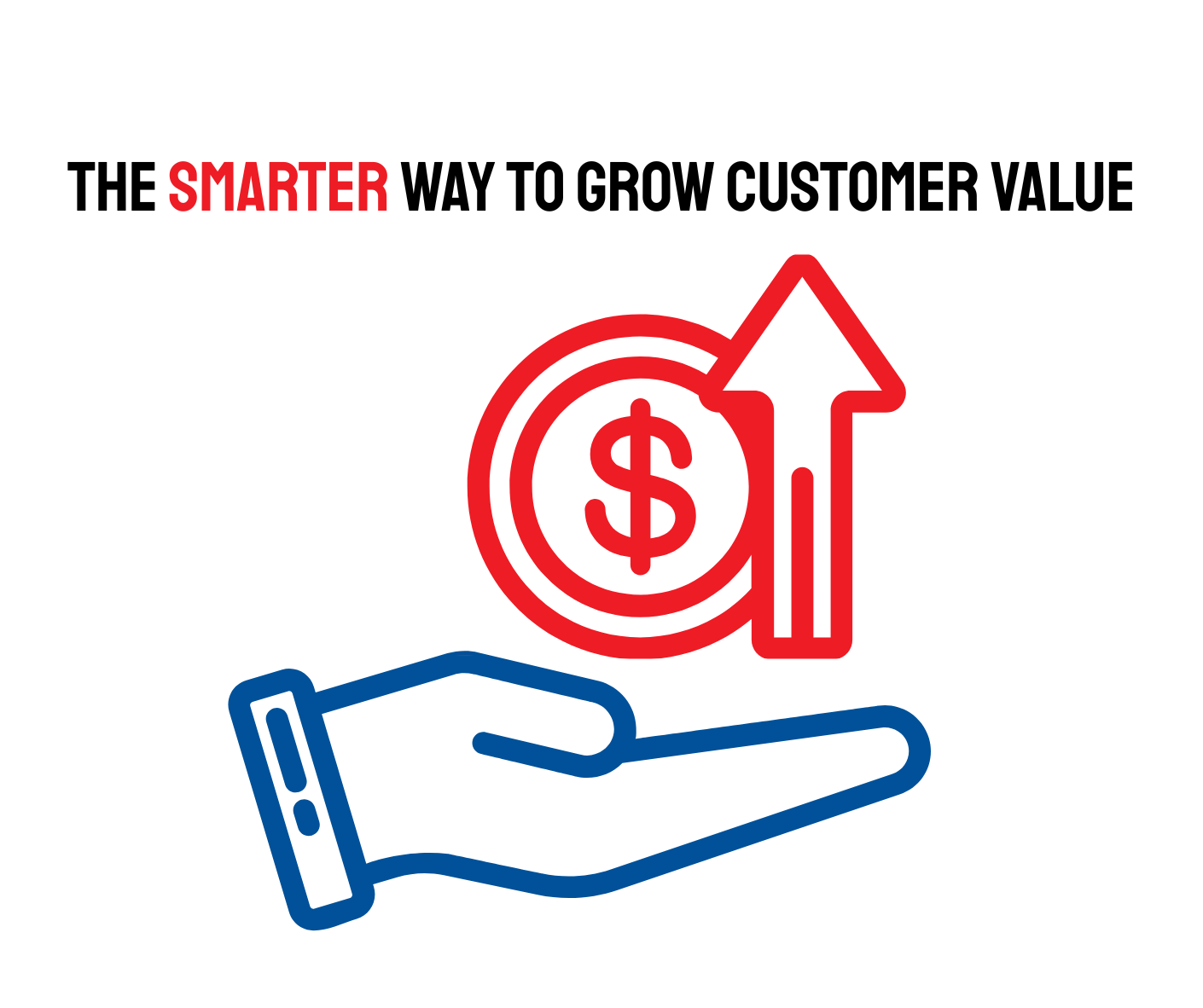The Critical Role of Child Care in Boosting Economic Development and Supporting Small Business Employment
- Access to quality child care is crucial for economic growth and small business sustainability, reducing employee absenteeism, and boosting productivity.
- Employers, including big brands like Patagonia, are finding innovative ways to offer childcare solutions, enhancing hiring and retention.
- Small businesses can support childcare by partnering with local centers, offering discounts, or supporting community programs.
- Investing in childcare creates jobs within the sector, stimulates local economies, and fosters a sense of community.
- Offering childcare support can lead to long-term savings for businesses by reducing turnover and fostering a more dedicated workforce, making it an economic imperative.
663 words ~ 3.5 min read
Access to quality child care is a significant yet often overlooked factor that influences economic growth and the sustainability of small businesses. For small business owners and employers, understanding the vital role that reliable childcare services play in the workforce is essential for fostering a productive environment and supporting the local economy.
Reliable Child Care Reduces Employee Absenteeism
The availability of trustworthy childcare plays a crucial role in enabling parents to seek and maintain employment. Quality child care reduces absenteeism by allowing parents to commit to their work schedules without the stress of worrying about their children's safety and well-being. When parents are confident their children are in nurturing environments, they are less likely to miss work, ensuring consistency and reliability in their professional roles.
A Proven Way to Boost Productivity
High-quality child care also positively impacts job performance. Parents who know their children are well cared for can focus more fully on their job responsibilities. This heightened focus and reduced stress lead to better job performance, benefiting employers with a more engaged and productive workforce. This increase in productivity and engagement drives overall economic activity, showcasing the broader benefits of investing in quality child care.
Childcare Solutions Supported by Employers
To address the pressing need for childcare, some employers are taking action. In addition to offering flexible work schedules or subsidies for external childcare solutions, some offer on-site childcare. The outdoor clothing company Patagonia was a trailblazer in offering onsite childcare starting in 1983. In addition to paid maternity and paternity leave, employees have access to childcare at their Ventura headquarters and at their Reno distribution center.
Childcare gives brands like Patagonia maintain a significant advantage in hiring and retention. By solving this major employment challenge for parents, they’re able to enhance employee loyalty and job satisfaction.
Of course, many small businesses cannot build a childcare center on-site. However, there are some things employers can do to alleviate childcare stress. Some solutions include partnering with childcare centers to offer discounts to their employees, providing workers with backup child care solutions, and working with their community leaders to support after school programs and summer camps.
Childcare Solutions Benefit Families, the Community, & The Economy
Investing in childcare is not just an employee benefit; it creates job opportunities within the childcare sector itself. By supporting local childcare services, small businesses can stimulate job creation, ranging from educators and childcare providers to administrative staff. This ripple effect not only creates employment but also fosters a sense of community. When businesses invest in local childcare, they are not just supporting families; they are investing in their own future and that of the local economy.
The economic implications of quality childcare extend even further. As working parents allocate a portion of their income to childcare services, they inject funds back into the community, stimulating local economies. This spending supports not only childcare providers but also related services such as grocery stores, restaurants, and other local businesses. In essence, investing in childcare is an investment in the community's economic vitality.
The Takeaway
For small business owners concerned about costs, it is crucial to recognize that investing in childcare can lead to long-term savings. Providing child care assistance or establishing partnerships with local childcare providers can reduce turnover and the associated costs of recruiting and training new employees. Additionally, businesses that offer flexible work arrangements, such as remote work or adjusted hours, can help accommodate parents’ childcare schedules, resulting in a more dedicated workforce.
In short, access to quality child care is not merely a family issue; it's an economic imperative that small business owners and employers must take seriously. By recognizing the importance of reliable childcare, businesses can create a thriving workforce and foster vibrant local economies. The benefits of investing in childcare are manifold: it supports families, enhances employee productivity, creates job opportunities, and stimulates local economic growth.
---
The Leavenworth-Lansing Area Chamber of Commerce is a private non-profit organization that aims to support the growth and development of local businesses and our regional economy. We strive to create content that not only educates but also fosters a sense of connection and collaboration among our readers. Join us as we explore topics such as economic development, networking opportunities, upcoming events, and success stories from our vibrant community. Our resources provide insights, advice, and news that are relevant to business owners, entrepreneurs, and community members alike. The Chamber has been granted license to publish this content provided by Chamber Today, a service of ChamberThink Strategies LLC.




